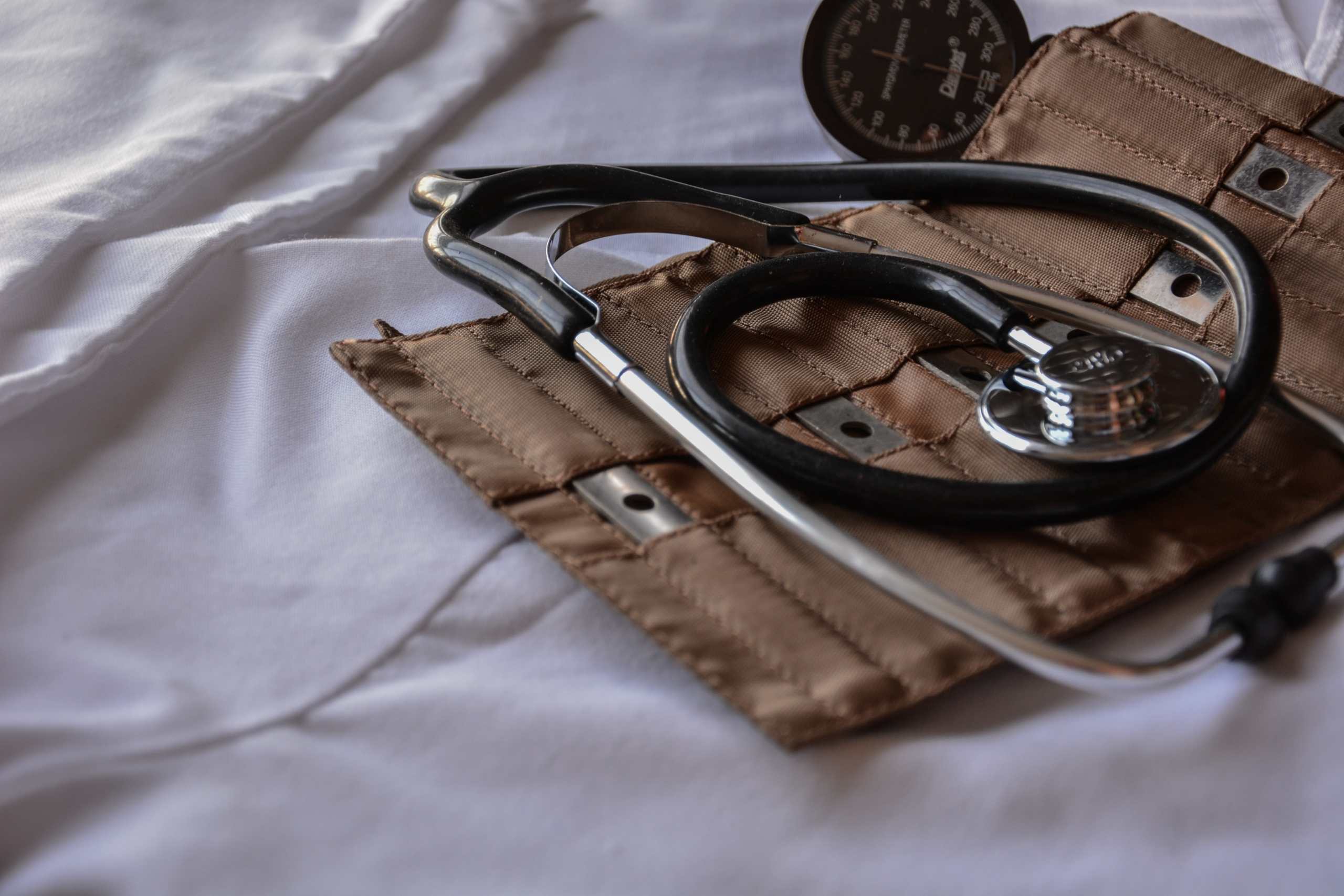An Upper Endoscopy (EGD) is an outpatient procedure in which an endoscope is passed through the throat to examine the lining of the upper GI or digestive tract. There are a few things you should know about an EGD if you are preparing for one. Here’s an overview of the Upper Endoscopy:
When it’s used
The Upper Endoscopy allows gastroenterologists to examine the upper digestive system. Doctors can use the procedure to diagnose or treat conditions affecting the stomach, esophagus, and duodenum (beginning of the small intestine). It can help determine the cause of digestive symptoms like vomiting, trouble swallowing, gastrointestinal bleeding, and abdominal pain. The procedure also allows doctors to collect tissue samples to test for specific conditions or diseases like anemia or cancer. They can even use the procedure to treat some conditions; doctors can clip off polyps, treat bleeding, remove foreign objects, and widen a narrow esophagus during the procedure.
Preparing for an Upper Endoscopy
To prepare for an Upper Endoscopy, there are a few steps you need to take. Your doctor will discuss these with you. You should abstain from eating or drinking starting around six hours before the procedure. This is helpful because an empty stomach allows for a safer and more effective examination. Your doctor will give you specific guidance on timing for starting to fast, as it can vary case-to-case.
Additionally, you should discuss any medications you are taking with your doctor. You may need to adjust the dosage of medication leading up to the procedure; in particular, blood-thinners can cause excessive bleeding during the procedure, so these should be addressed. If you take insulin, you will need to adjust your dosage or timing before the procedure as well. Last, you and your doctor will need to discuss any allergies to medication that you have.
During the procedure
An Upper Endoscopy is an outpatient procedure, meaning that you will be able to leave the location of your procedure the same day it occurs. Directly before an EGD, you will enter a pre-op area where nurses will place an IV and record your medical history. An anaesthesiologist will also discuss how sedation will be used during the procedure.
After, once you have been taken to a procedure room, you will be connected to monitors that track your heart rate, blood oxygen levels, and blood pressure. You will be under sedation for the procedure’s duration, which takes around 10-15 minutes. During the procedure, a bite block is inserted in your mouth to prevent damage to your teeth or the endoscope. As you are on your left side, the doctor will pass the endoscope through your mouth and into your upper digestive tract. Depending on your situation, they will then examine, diagnose, or treat as needed.
After the Upper Endoscopy
After an EGD, you are taken to a post-op room to be monitored for any potential complications. Your blood pressure, breathing, and pulse will be monitored for stability. Your doctor will discuss initial findings with you after you have recovered. Results from biopsies will take several more days to come back. Because of the sedative effects, you will need someone to drive you home. Additionally, you should avoid operating machinery or making important decisions for 24 hours. Your diet may return to normal, unless otherwise indicated by your doctor. It’s normal to feel gassy or bloated following the procedure, and mild cramping or sore throat is common for a brief time post-op.
Though uncommon, there are some more severe complications to be on the lookout for following the procedure. If you notice tarry stools, severe abdominal pain, fever and chills, or difficulty swallowing after the procedure, contact your doctor immediately. These can be signs of complications like excessive bleeding from a biopsy, a perforated intestine, or a reaction to sedation. In general, these severe complications are very uncommon, and are far outweighed by the general safety and health benefits of an upper endoscopy.
Our experienced team at GHP has years of experience performing EGDs. We can help establish the best plan of care for your situation. Contact any of our office locations to learn about the options we offer and schedule an appointment today.



